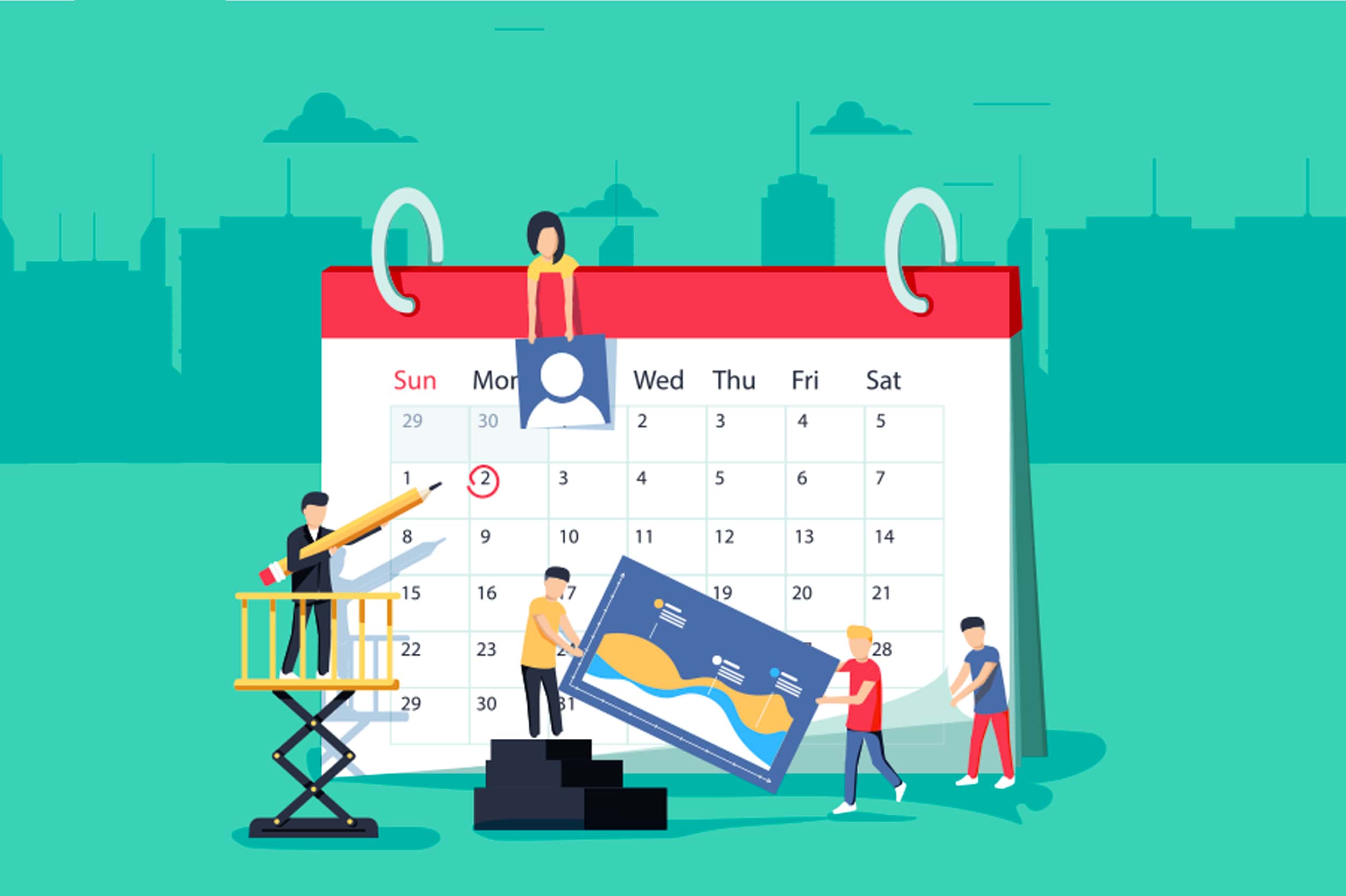Did you know that over 150 million people use Google Maps – in the U.S. alone? The second most-used mapping app is Waze, at just 1/6 the usage (25.6 million). In this context, we could define Google Maps marketing simply as a must – a sure “in” to your local customers.
But, if we were to be a little less obtuse about our definition, then we would also say that Google Maps marketing is local SEO and local marketing, all rolled into one through the magic of Google Maps. (Need more tips on improving your SEO? Your wish, our command.)
Here’s an example: You’re on a road trip. A long road trip. Let’s say it’s a 12-hour drive and you’re 4 hours in – in other words, far from home and farther still from your destination. AKA, you have no idea where you are.
But, you’re hungry. You don’t want fast food, though. How can you find a local, non-chain restaurant? Your trusty Google Maps, that’s where! You fire it up, click the Food icon (or search for “restaurant”), and Google Maps uses your location to find restaurants close to where you are. Bada bing, bada boom: one savvy neighborhood restaurant just earned a new customer.
That, friends, is Google Maps marketing. And it’s indispensable for local business owners.
What is Google Maps marketing?

Screenshot via Google Maps
In the simplest possible terms, Google Maps marketing stands at the crossroads of local SEO and online marketing: the use of technology (Google Maps) to rank well for your local SEO/local marketing efforts.
In other words, Google Maps marketing is all about getting your business onto Google Maps, for the searches that matter most.
Or, to be even clearer, Google Maps marketing makes your brick-and-mortar business easy to find, for the customers who matter most (= those close enough to visit). Even better, Google Maps doesn’t favor the chain restaurants of the world; properly optimized, even the smallest, most independent stores can rank in the top-3 for Google Maps marketing. (More on that, in a moment.)
How to get your business on Google Maps
Speaking of, how doyou get your business to appear in Google Maps? To start, you’ll need to create a Google My Business account; if you already have an account, be sure your information is up-to-date.
From there, we’ll start with our standard but do-not-ignore-me advice: Choose the right category and fill out all relevant information. We’re talking everything from the area you serve, to the free WiFi you offer, to photos of your business. Hours of operation, your phone number, your website – absolutely everything.
And, while we’re on the topic, let’s talk about those photos. According to Google itself, business listings with photos get 42% more requests for driving directions than businesses without. What’s more, they also receive 35% more clicks through to their websites.
While you’re at it, Google not-so-subtly recommends responding to your online business reviews– good and bad. New listing and no reviews? No problem. There are lots of great ways to ask for and respond to your soon-to-be Google Business reviews.
But wait! What’s the Google Maps local 3-pack?

Screenshot via Google
Sigh. Of course, it’s not quite that easy. If it were, every local business would be in on the game and Google’s search results would start with one looooong list of related businesses.
Enter the Google Maps local 3-pack – marketing speak for the first three businesses that Google presents in its search results. For anything but the 3-pack, you’re going to have to click.
While some customers click-through to view the entire map listing, many focus just on the 3-pack. And so, Google Maps marketing in 2019 revolves around local 3-pack ranking: crawl your way into the 3-pack, and you’re golden.
There are a few factors that affect the 3-pack; some, you can control and others, you can’t. For example, proximity is a factor you can’t control: If a customer has Location Services turned on, Google Maps will serve up the most relevant and proximate listings; if you’re not close enough, you won’t rank.
One factor you can control is rank: The higher your relative Google Maps business ranking, the more likely you are to be in the top-3. And, while there’s no set parameter for how to rank high – come on, this is Google; when have they ever laid out a specific path to top ranking? – marketers do know that the number of reviews, accurate location information (including having your name-address-phone number [NAP] in the correct format), and a presence on local listing sites (ex. Yelp, for restaurants) contributes to your ranking. And, at least for mobile Maps search, your site must also be mobile-responsive.
That’s where Google Maps marketing starts. It’s not where it ends, of course: There are Local Search Ads (paid local advertising), Promoted Pins, In-Store Promotions, Local Inventory Search, Google Insights, and other minutiae – but they’re more next-level Maps marketing.
For now, we recommend getting started on the basics. And, if you have some time on your hands, start submitting your site to local business directories, seeking backlinks from local businesses or bloggers, and chasing down other local links. This will raise your ranking and, thus, your chances of getting into the Local 3-pack. In other words, into local marketing gold.
For local business marketers, Google Maps marketing isn’t the only essential presence on the web: getting your business listed on Yelp is another useful way to help new customers find (and review) your business. Install the Yelp follow button today to start growing a larger presence and generating reviews on Yelp – it takes just minutes to install!




